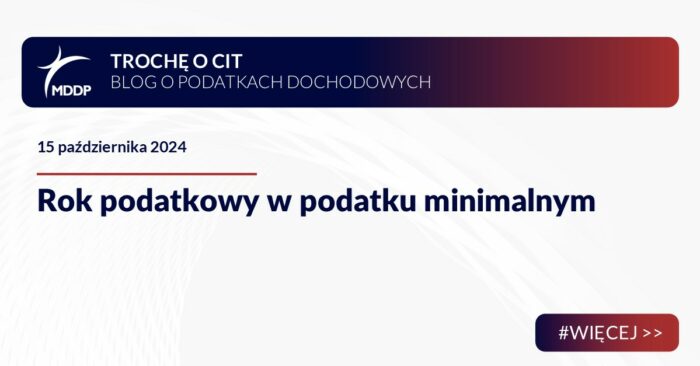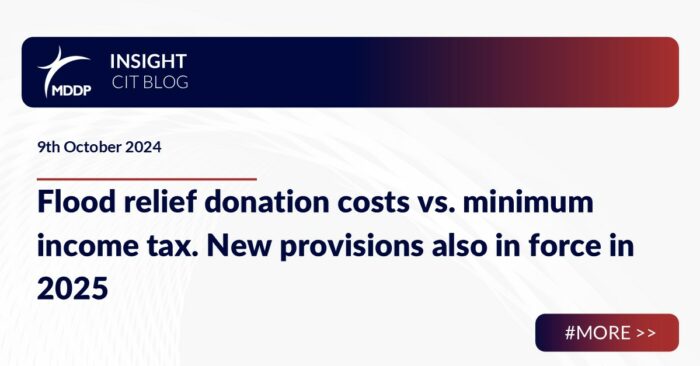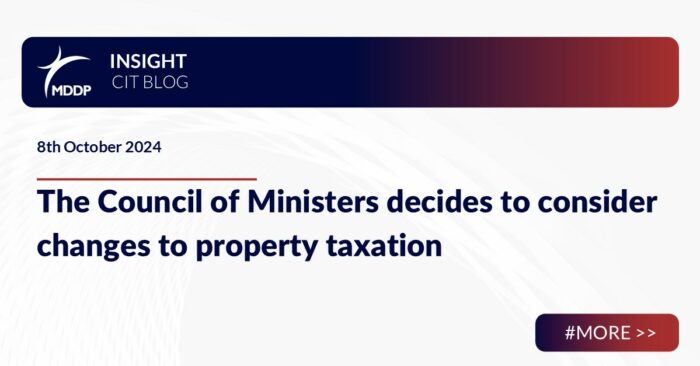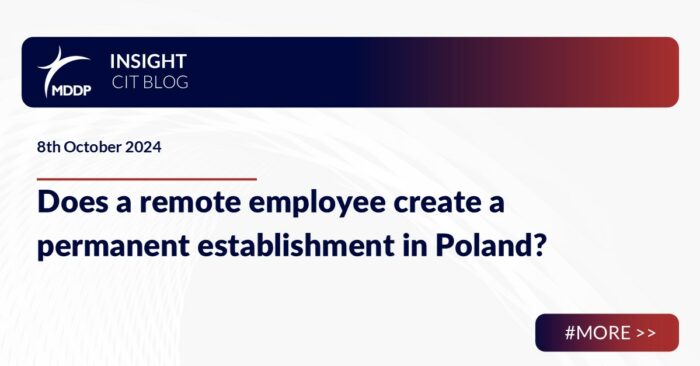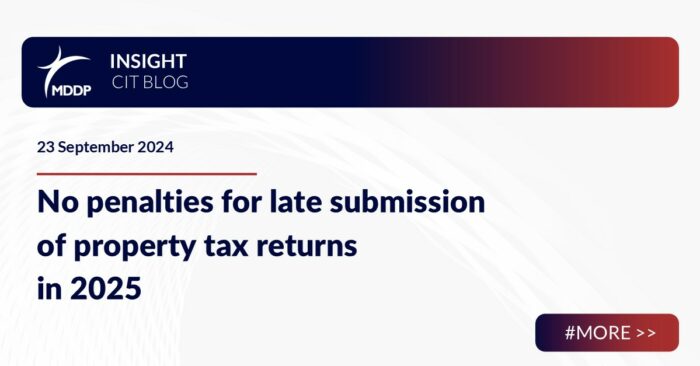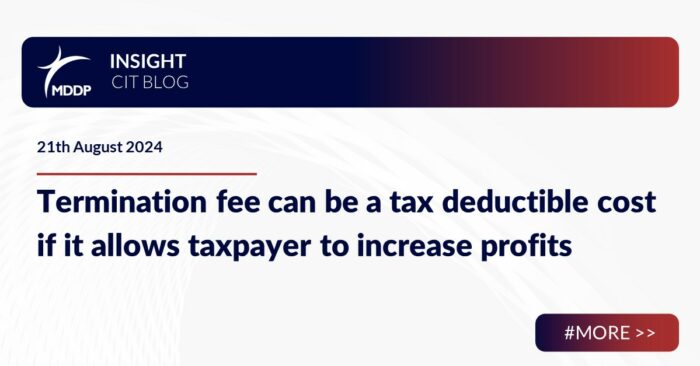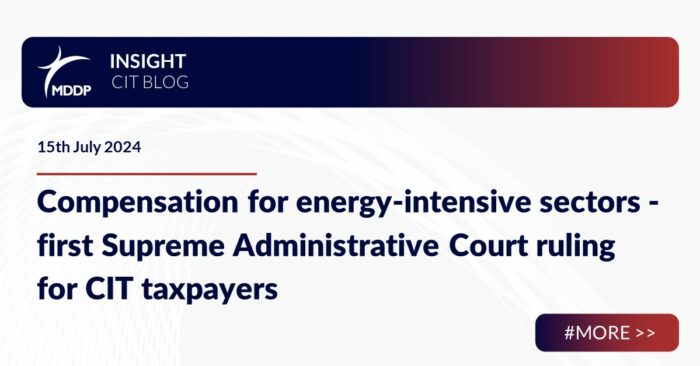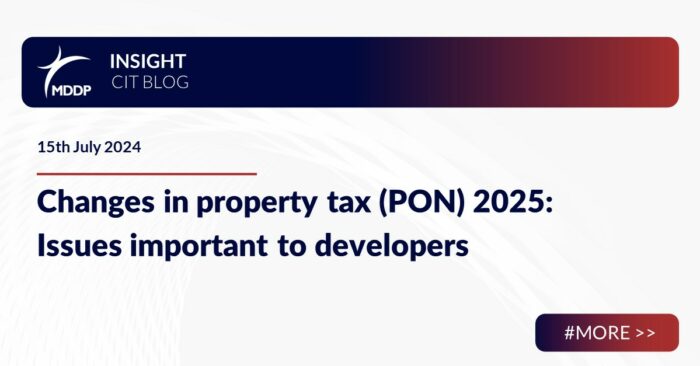Fiscal year in the Polish minimum tax
As a rule, the tax year for minimum tax is the calendar year. The legislation also allows taxpayers to amend this period depending on the decision expressed, inter alia, in the company’s articles of association. However, even in this situation, the tax year generally comprises twelve consecutive calendar months. In certain circumstances, this period may…

